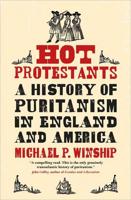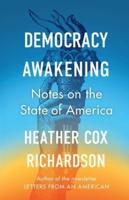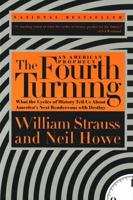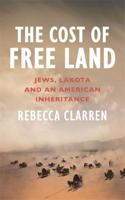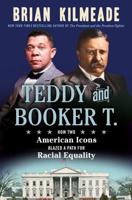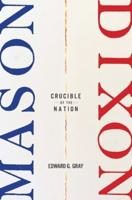Publisher's Synopsis
The Noble and Holy Order of the Knights of Labor was founded in 1869 as a secret fraternal order committed to the goal of uniting American labor. At its height in 1886, the Knights claimed the allegiance of perhaps a million workers.
Despite a host of local studies by the new labor historians of the 1970s and 1980s, there has been no general study of the Knights since Norman Ware's 1929 book, and no one has ever attempted a comprehensive study of the culture of the organization. In Beyond Labor's Veil, Robert E. Weir presents a fascinating cultural portrait of the Knights across regions, covering the years 1869 to 1893.
From the start, the Knights of Labor was an unusual organization, equal parts fraternal order and labor union. It was the only nineteenth-century labor organization to organize African Americans, women, and unskilled workers on an equal basis with white craftsmen. Weir goes beyond the rhetoric of public pronouncements and union politics to consider the real influence of the Knights-in communities and homes as well as in the workplace.
Weir explores the many cultural expressions of the Knights-ritual, religion, poetry, music, literature, material objects, graphics, and leisure. Although the Knights barely survived into the twentieth century, Weir concludes that the creative cultural expressions of the Knights enabled it to do as well as it did in the face of powerful oppositional forces. What emerges in Beyond Labor's Veil is a rich, detailed description of the Knights as its members adapted to the confusion and contradiction of America's Gilded Age.

